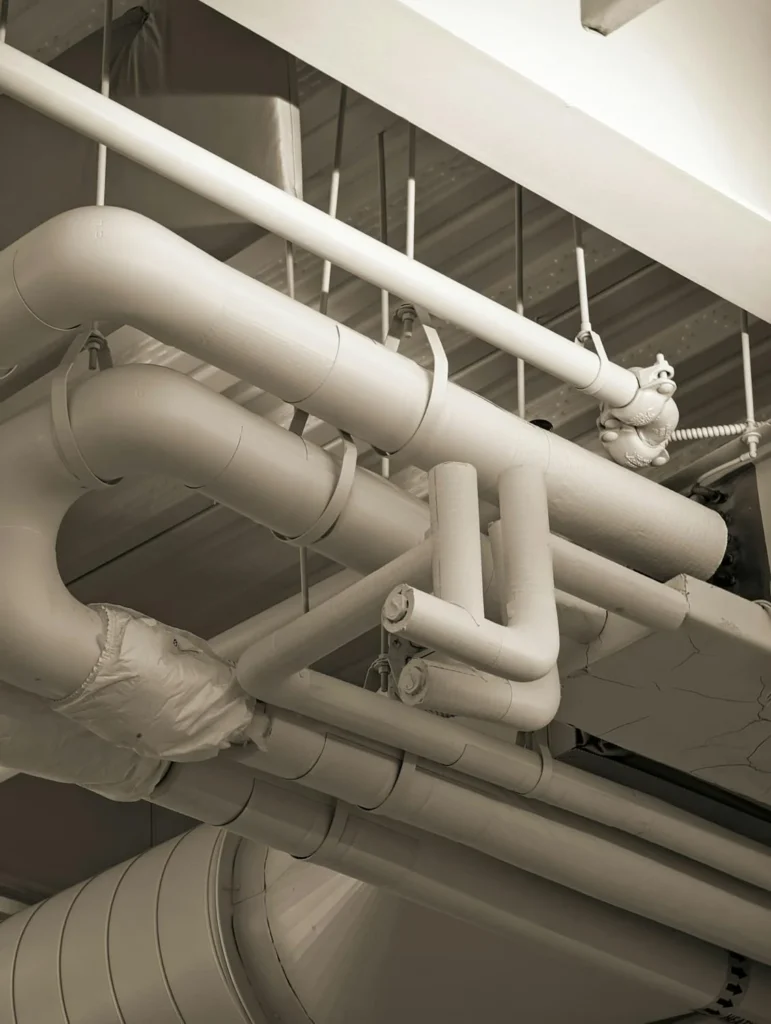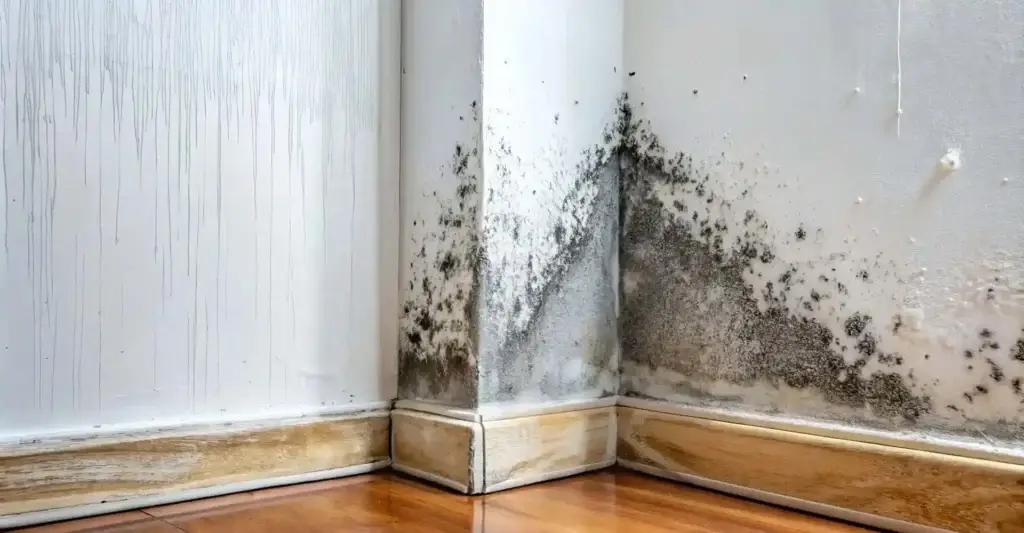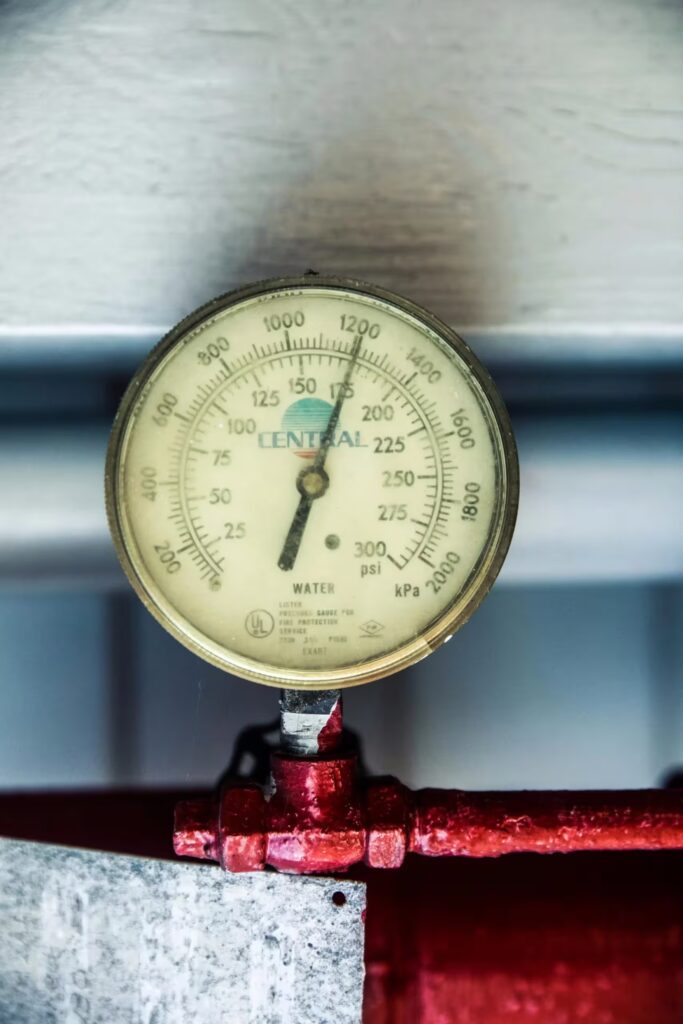After a fire at your business, the first step is to ensure the site is safe and to contact emergency services. Next, you must alert your insurance company and then immediately begin the process of mitigating further damage by securing the property. A professional fire damage restoration company should be hired promptly to conduct a full assessment and begin the restoration process, which is essential to minimise downtime. To learn more about the benefits of professional fire damage restoration services for UK businesses visit out fire damage cleaning and restoration services.
Skip to:
The immedaite aftermath of a workplace fire
Step 1: Ensure safety & asses the scene
Step 2: Contact your insurance provider
Step 3: Mitigating further damage
Step 4: Hire a professional restoration expert
The immediate aftermath
A fire in the workplace is a devastating event that can bring your business operations to a complete standstill. From the moment the fire is extinguished, the clock starts ticking. Every minute counts in the race to mitigate damage and get your business back up and running. This guide will walk you through the essential steps to take immediately following a fire, helping you protect your property, your employees, and your future.
Step 1: Ensure Safety & Assess the Scene
Your first priority is safety. Do not re-enter the building until the fire department has given you explicit permission to do so. A fire can compromise the structural integrity of a building and leave behind hidden hazards such as unstable floors, exposed electrical wires, and toxic soot. Once the scene is declared safe, perform a preliminary assessment of the damage. Take note of what was affected and to what extent, but avoid touching or disturbing any items.
Step 2: Contact Your Insurance Provider
The moment you are able, contact your insurance company. Prompt notification is crucial for a smooth claims process. You will need to provide them with key information, including the date and time of the incident, a brief description of the damage, and the fire department’s report number. Your insurance provider will then guide you on the next steps, including how to proceed with a professional fire damage restoration service.
Step 3: Mitigate Further Damage
While you wait for your insurance claim to be processed, it’s vital to prevent secondary damage. Fire-related issues do not end when the flames are gone. Soot and smoke are highly acidic and can cause corrosion and discolouration to surfaces and equipment. Water used to extinguish the fire can lead to damp, mould, and structural issues. To stop this, you must secure the property and prevent further deterioration. This may involve boarding up windows and doors or temporary roof repairs. A professional restoration company can provide emergency services to stabilise the site and minimise financial loss.
Step 4: Hire a Professional Restoration Expert
Restoring a fire-damaged workplace is a specialised process that goes far beyond simple cleaning. You need an expert in commercial fire damage restoration. They will conduct a comprehensive assessment to determine the full extent of the damage, including hidden soot and ash residue. They will also create a detailed action plan for safe and effective restoration, ensuring every part of your property, from the ventilation systems to the structural components, is properly addressed.
Step 5: The Full Restoration Process
Once on-site, a professional restoration company will execute a multi-phase restoration plan to get your business operational again. The process includes:
Strip-Out and Disposal: Safely removing all unsalvageable materials and debris.
Soot and Ash Removal: Using specialised HEPA vacuums and cleaning agents to remove corrosive soot from all surfaces.
Structural Cleaning: Performing a deep, manual washdown of all restorable surfaces to eliminate fire residue.
Deodorisation: Using advanced techniques, like thermal fogging or ozone treatment, to permanently remove the pervasive smell of smoke.
Reconstruction: Restoring the property to its pre-loss condition, from structural repairs to re-painting.
By following these essential steps and partnering with a professional fire damage restoration company, you can drastically reduce downtime and ensure a successful recovery for your workplace.
Conclusion: Minimse workplace disruption with expert help
Ultimately, a fire in the workplace is an event no business owner wants to face. But with a strategic, proactive response, you can significantly reduce downtime and financial loss. By ensuring immediate safety, working closely with your insurance provider, and mitigating further damage, you set the stage for a successful recovery. The most critical step is partnering with a professional fire damage restoration company that has the expertise and tools to not only clean up the mess but to truly restore your property. To learn more about the specific benefits of professional fire damage restoration, visit our main service page today.
What to do after a fire in the workplace UK: Frequently asked questions
What are the very first steps a UK business should take immediately after a fire?
The very first steps a UK business should take immediately after a fire are to ensure everyone’s safety by contacting emergency services (fire brigade, police) and waiting for their clearance before re-entry. Simultaneously, notify your insurance provider as soon as safely possible to initiate the claims process, gather initial details, and understand necessary documentation. Speed is paramount to prevent further damage and minimise business disruption.
Why is it crucial for businesses to act quickly after a commercial fire?
It is crucial for businesses to act quickly after a commercial fire to minimise business downtime and financial losses. Rapid response helps prevent secondary damage, such as corrosive effects of soot and smoke, and mould growth from firefighting water. Swift action ensures the property is secured, hazards are controlled, and the restoration process can begin promptly to get operations back on track.
What types of hidden hazards should businesses be aware of after a fire?
After a fire, businesses should be aware of various hidden hazards beyond visible charring. These include structural instability (weakened walls, ceilings), electrical hazards (damaged wiring, potential for electrocution or re-ignition), water damage (from extinguishing efforts, leading to mould and further decay), and health risks from toxic soot and ash particles. Professional assessment is essential to identify and mitigate these dangers.
How should a UK business manage its insurance claim after a fire?
To manage a commercial fire insurance claim effectively in the UK, businesses should notify their insurer immediately and provide accurate details of the incident. It’s vital to document all damage extensively with photos and videos before any clean-up. Keep a detailed record of all communications, expenses, and potential losses. Working closely with your insurer or a qualified loss assessor is key for a fair and efficient settlement.
How does commercial fire damage restoration differ from domestic restoration?
Commercial fire damage restoration differs from domestic restoration primarily in its scale, complexity, and focus on business continuity. Commercial projects often involve larger premises, intricate systems (HVAC, IT infrastructure), sensitive data, and the urgent need to minimise operational downtime. The process is typically more complex, requiring specialised equipment, a multi-stage approach, and adherence to specific commercial regulations and compliance standards.
What does the professional clean-up process for commercial fire damage involve?
The professional clean-up process for commercial fire damage is comprehensive. It typically involves strip-out of unsalvageable items, HEPA vacuuming to remove fine soot and ash particles, manual washdown of contaminated surfaces with specialist solutions, and advanced odour removal techniques (e.g., ozone treatments). This meticulous process aims to decontaminate, sanitise, and prepare the property for reconstruction.
What qualifications should I look for in a commercial fire damage restoration company in the UK?
When selecting a commercial fire damage restoration company in the UK, look for BDMA (British Damage Management Association) certification, which signifies adherence to industry best practices. Ensure they have proven experience with commercial properties and complex fire damage. Opt for companies offering an all-in-one service (from assessment to restoration) and check for trusted reviews and testimonials to gauge their reliability and quality of work.

Kayleigh Owen - Technical Account Manager
With years of dedicated experience in the disaster recovery industry, Kayleigh Owen brings a precise and insightful approach to every project. Holding a BSc Hons Degree, Kayleigh specialises in construction and major loss, expertly navigating the complexities of large-scale fire and flood events. Having spent her entire industry career at Ideal Response, she has honed a deep understanding of what it takes to restore properties and lives with efficiency and empathy. Kayleigh believes that meticulous planning and clear communication are the cornerstones of transforming disaster into recovery, ensuring every client receives not just a solution, but true peace of mind.





















